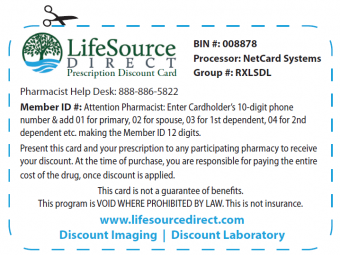Athletes often exhibit kinesthetic behavior, which means they base their decisions off of how they feel. Copyright (c) 123RF Stock Photos
People tend to fall into one of three categories in terms of how they think or process information: “visuals,” “auditories” or “kinesthetics.” Last month, we discussed auditories. Now, let’s take a look at kinesthetics.
Kinesthetics
“Kinesthetics” are feeling-based people. When these feeling-based individuals read a book or watch a movie, they may not simply view it as entertainment, but they also experience it. Such people will reject or accept ideas on the merit of how they felt during exposure to them. Often athletes exhibit kinesthetic behavior. They, after all, gain great enjoyment from feeling or experiencing a sport.
A prime example of an athlete who is a kinesthetic is Wayne Gretsky. I once asked Wayne about what goes through his mind before he makes those incredible goals. He said, “Kerry, most of the time I’m double or triple teamed. I can’t even see the net. But when I have that little black puck near my stick, I suddenly get a visceral feeling in my stomach that says, ‘Wayne, shoot the puck! If I shoot, it goes in!’ ” The man is a kinesthetic. He feels the game, and he makes the shot.

Kinesthetics will show you their thought processes by the way they move their eyes and the words they use. Kinesthetics typically move their eyes in only one direction: down to the right. This indicates they are thinking in a feeling-based mode.
You can also determine a kinesthetic’s thought processes through the specific words they tend to use. You will hear them use predicates such as, “It sure made an impression on me;” “How does that grab you?” “Let’s touch base next week.” “Here’s how I feel about it.” “It really touched me.”
Tips to use with kinesthetics:
1. Match their words. Use phrases like, “What’s your feeling on this?” “What’s your impression of this?” “Shall we touch base next week?” If you use these predicates, they’ll understand by getting a feeling for the meaning behind your message.
2. Give them things to touch. Since they are feeling based, they are likely to develop an emotion around ideas you make tangible, so tangible they can literally touch it. Have you ever noticed that some prospects actually reach out and grab brochures as you talk? These kinesthetic prospects are showing you how to sell them more quickly.
Yogi Berra once said, “You can observe a lot just by watching.” Your clients will understand the true meaning of your message more effectively if you consciously use the right tools to communicate with them. Visuals want to see a message. Auditories are more easily influenced by perceived sounds. Kinesthetics understand ideas more quickly by feeling.
For more exclusive sales marketing coverage, see:
The Power of the Personal Note

